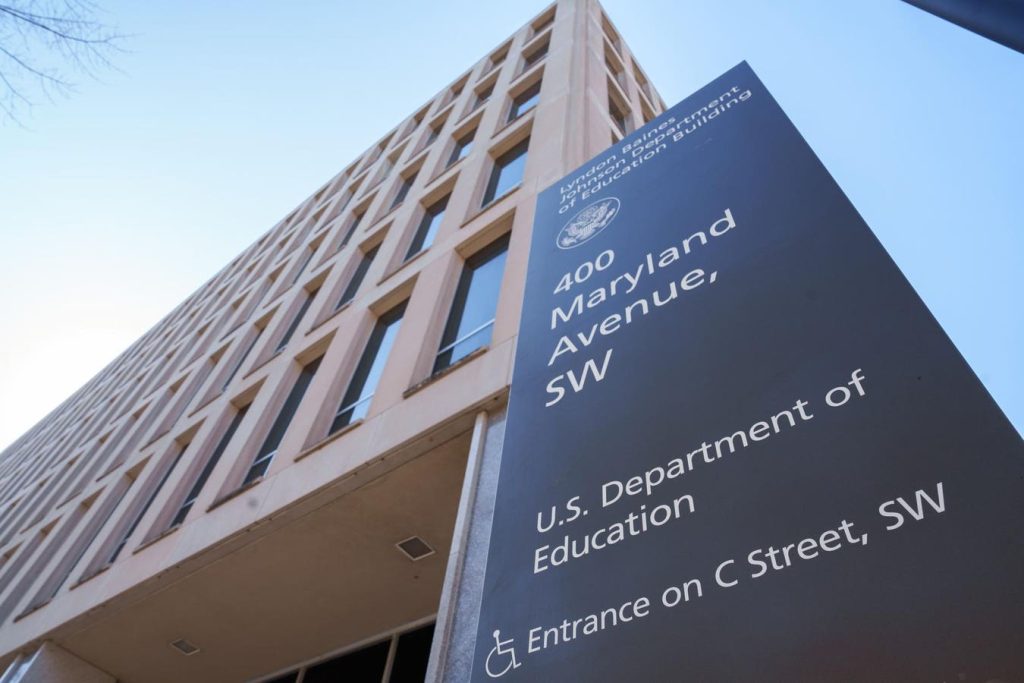WASHINGTON, DC – FEBRUARY 09: The US Department of Education sign marks the entrance to the federal … [+]
The Department of Education just released guidance related to the resumption of collection activity and negative credit reporting on student loans. Even though student loan payments resumed in October 2023, borrowers had a 12-month on-ramp period to begin making them. During this period, both collection activity and negative credit reporting were paused.
Furthermore, borrowers in delinquency or default before the COVID-19 pandemic were eligible for the Fresh Start program, which would have allowed them to get back on track with their loans and fix their credit reporting at the same time.
However, both the on-ramp period and Fresh Start ended on Sept. 30, 2024. The latest guidelines from the Department of Education re-affirm that collection activity and negative credit reporting will resume, starting in 2025.
Student Loan Credit Report
Late and missing payments on student loans have historically impacted borrowers’ credit within 90 days of not making a payment. However, since March 2020, late and missing payments have not been reported to the credit reporting bureaus.
As a result, borrowers who had loans that were paused or have not made payments in the last 12 months have not seen an ongoing negative impact to their credit.
That’s set to change in 2025. January marks the 90-day period for delinquency. So, borrowers who have failed to make a payment since payments have resumed are facing these negative credit reporting activities.
Collection Activity
Beyond credit reporting, collection activity is also set to resume. Collections on student loans begin once a borrower hasn’t made a complete payment in 270 days. The Department of Education’s latest update confirmed that collection activity is set to resume later in 2025 (which would align with the typical 9-month period for default).
Collection activity for student loans can include wage garnishments, tax offsets (where the Department of Treasury seizes your tax refund), and more.
The worst part of collection activity is that it can become a cycle. Since the offsets and garnishments typically don’t cover the interest and fees being added to the loan, borrowers cannot get out of collections unless they take action such as consolidation or rehabilitation.
What Borrowers Should Do If They Haven’t Made Payments
For borrowers who haven’t made a payment since repayment resumed, there’s still time to take action before collection activity and negative credit reporting happens.
Borrowers can reach out to their loan servicer or login to StudentAid.gov and enroll in an eligible repayment plan.
Borrowers can also look at student loan rehabilitation or consolidation to get out of default and get back on track with making payments.
While outstanding litigation impacting some loan repayment and forgiveness plans can be concerning for some borrowers, there are still other options to help get in repayment and avoid collection activity.
